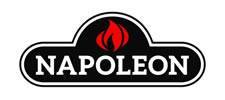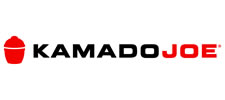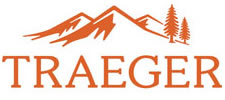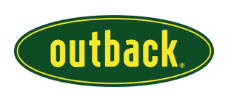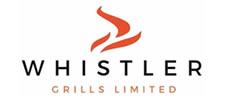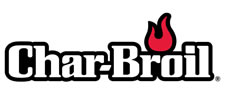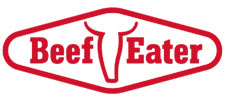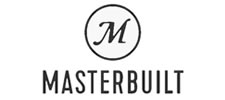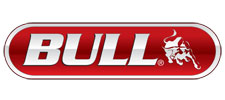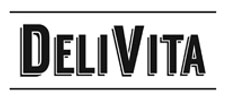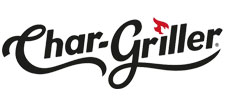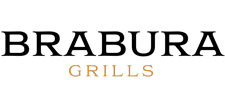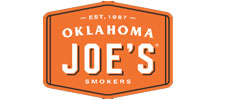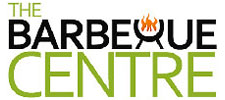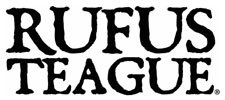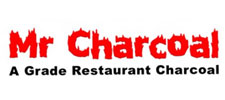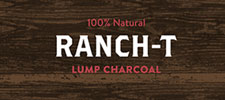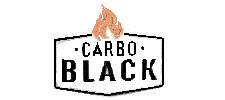Barbecue Chips, Cunks, Planks and Wraps
We have talked a lot about smoking on the barbecue, it is a great way to add extra flavour to food, and a chart is available on our Wood Flavouring Guide to give you some idea of what woods provide what flavour and on what foods they can be used on.
Wood Chips:
Produce great smoke and are available in many varieties. For gas barbecues, always use a smoker box or foil pouch, you need to starve the wood or oxygen so it smoulders instead of burns. For charcoal barbecues and smokers, put the wood chips directly on the hot coals, the chips can be soaked this will provide a longer burn time and give off a more pungent smoke flavour, however it does need more attention as soaking makes the chips harder to light.
There are no rules when it comes to wood chips and barbecuing, only your imagination. Wood chips can be mixed wet and dry. Most smoke penetration takes place in the first hour of cooking, so it's important to get the food on as soon as the chips start to smoke. If you want an extra kick of smoke, apply a few more chips 10 minutes before your food is ready.
Wood Chunks:
Primarily used in charcoal barbecues or smokers, chunks are typically too large for smoker boxes in gas barbecues. Large chunks burn longer and are great for long cooks. Unlike wood chips, soaking wood chunks does not increase smoke quality or burn time. Wood chunks are so large that they don't allow for enough water to penetrate to make the process effective or worthwhile.
Pellets:
These small and much neglected smoke products provide a big taste. Available in a range of flavours, pellets add a whole new dimension to grilling. Pellets are made from 100% wood, they don't contain any bark nor retain any water or moisture. Average cooking sessions require only 4 ? tablespoons, meaning fewer pellets are needed when compared to other smoking methods. Pellets also offer the ultimate in convenience, storage is easy and more intense smoke is created with less product, you would need between 5 and 10 times the weight in wood to achieve the same intensity of flavour. Never soak pellets, but always ensure they are used in a smoker box or foil pouch.
Planks:
Preparation is key to perfecting the benefits of plank grilling. Hardwood planks need extra time to absorb moisture and must be submerged while soaking. Barbecue temperatures is determined by the thickness of the plank and type/thickness of the food being cooked. Thicker planks take longer to crackle and smoke, seasoning the plank with sea salt, pepper or herbs further enhance the flavour and give grillers and opportunity to create their own style or secret recipe.
For best results, resist the temptation to peek, always wait for the plank to exhaust all of the savoury smoke. The plank should not catch fire, but always keep a water spray bottle on hand to douse any flames. Never flip planks or leave the barbecue unattended.
Wraps:
These are similar to planks but come as a thinner slice of wood rather like a veneer. After wraps are soaked they become pliable and are easily wrapped around a bundle of food to be smoked. Wraps create individual portions and are available in Cedar, Maple and Alder.
This is an easy way to add smoke flavour to your meal, while using seasoning to infuse recipes with creativity and flavour. Use caution when using wraps, because they are so thin, they can catch easily, so never leave the barbecue unattended and keep a spray bottle of water to hand to douse any flames. Never re-use wood wraps for food safety reasons.
Wood Chips:
Produce great smoke and are available in many varieties. For gas barbecues, always use a smoker box or foil pouch, you need to starve the wood or oxygen so it smoulders instead of burns. For charcoal barbecues and smokers, put the wood chips directly on the hot coals, the chips can be soaked this will provide a longer burn time and give off a more pungent smoke flavour, however it does need more attention as soaking makes the chips harder to light.
There are no rules when it comes to wood chips and barbecuing, only your imagination. Wood chips can be mixed wet and dry. Most smoke penetration takes place in the first hour of cooking, so it's important to get the food on as soon as the chips start to smoke. If you want an extra kick of smoke, apply a few more chips 10 minutes before your food is ready.
Wood Chunks:
Primarily used in charcoal barbecues or smokers, chunks are typically too large for smoker boxes in gas barbecues. Large chunks burn longer and are great for long cooks. Unlike wood chips, soaking wood chunks does not increase smoke quality or burn time. Wood chunks are so large that they don't allow for enough water to penetrate to make the process effective or worthwhile.
Pellets:
These small and much neglected smoke products provide a big taste. Available in a range of flavours, pellets add a whole new dimension to grilling. Pellets are made from 100% wood, they don't contain any bark nor retain any water or moisture. Average cooking sessions require only 4 ? tablespoons, meaning fewer pellets are needed when compared to other smoking methods. Pellets also offer the ultimate in convenience, storage is easy and more intense smoke is created with less product, you would need between 5 and 10 times the weight in wood to achieve the same intensity of flavour. Never soak pellets, but always ensure they are used in a smoker box or foil pouch.
Planks:
Preparation is key to perfecting the benefits of plank grilling. Hardwood planks need extra time to absorb moisture and must be submerged while soaking. Barbecue temperatures is determined by the thickness of the plank and type/thickness of the food being cooked. Thicker planks take longer to crackle and smoke, seasoning the plank with sea salt, pepper or herbs further enhance the flavour and give grillers and opportunity to create their own style or secret recipe.
For best results, resist the temptation to peek, always wait for the plank to exhaust all of the savoury smoke. The plank should not catch fire, but always keep a water spray bottle on hand to douse any flames. Never flip planks or leave the barbecue unattended.
Wraps:
These are similar to planks but come as a thinner slice of wood rather like a veneer. After wraps are soaked they become pliable and are easily wrapped around a bundle of food to be smoked. Wraps create individual portions and are available in Cedar, Maple and Alder.
This is an easy way to add smoke flavour to your meal, while using seasoning to infuse recipes with creativity and flavour. Use caution when using wraps, because they are so thin, they can catch easily, so never leave the barbecue unattended and keep a spray bottle of water to hand to douse any flames. Never re-use wood wraps for food safety reasons.
Charcoal Buyers Guide
For more information on barbecuing with a charcoal grill why not take a look at the Charcoal BBQ Buyers Guide.
